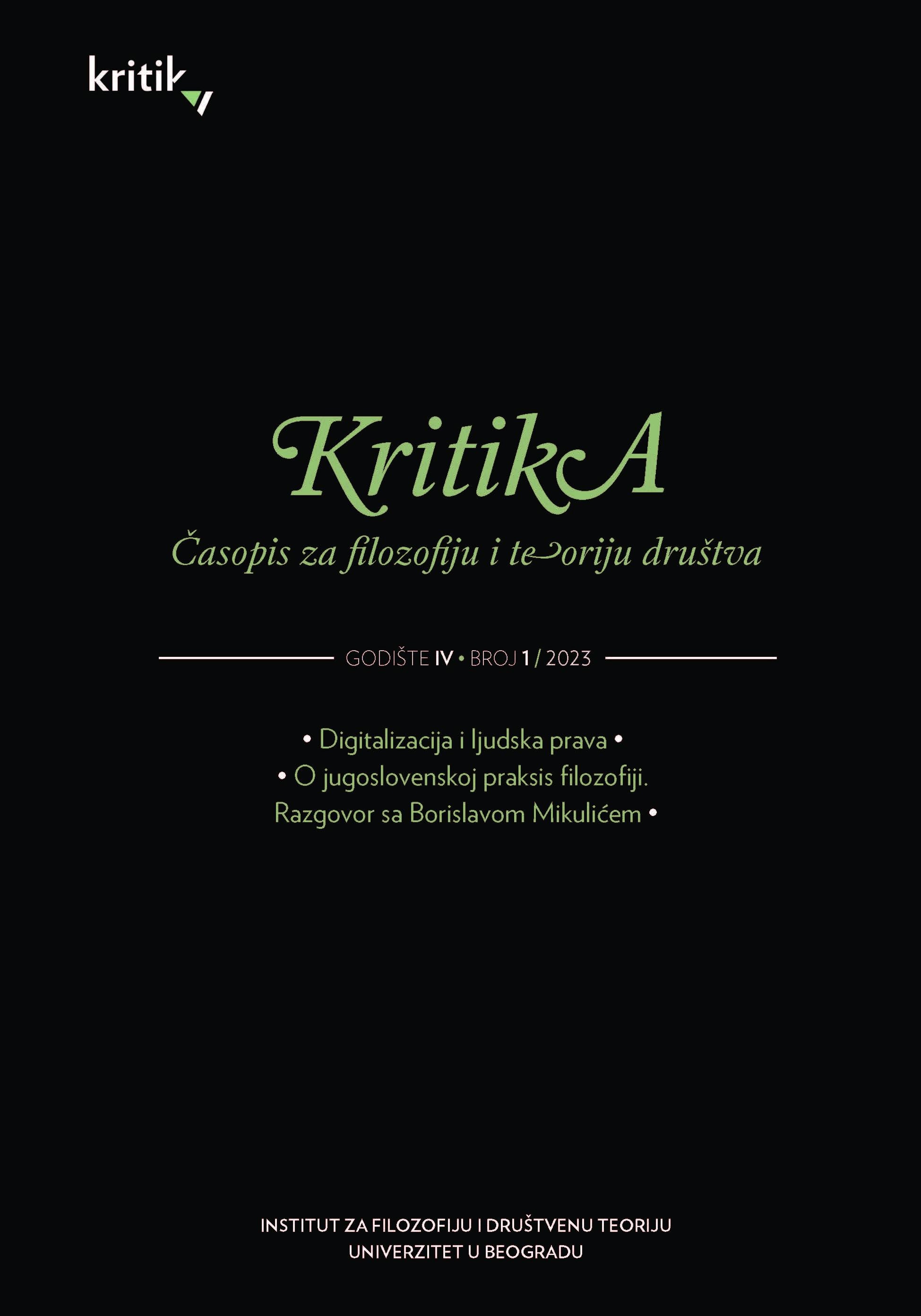PROSTORNI I STRUKTURNI DISPARITETI RADNE SNAGE U SRBIJI
SPATIAL AND STRUCTURAL DISPARITIES OF LABOR FORCE IN SERBIA
Author(s): Marija Drobnjaković, Milena Panić, Vlasta Kokotović KanazirSubject(s): National Economy, Demography and human biology, Economic development
Published by: Institut za filozofiju i društvenu teoriju
Keywords: labor force; working contingent; potential; utilization; municipal typology; Serbia
Summary/Abstract: The labor force is a “dynamic” functional contingent, a pillar of spatial and economic development, conditioned by demographic and socio-economic changes and processes. Dynamics, as a characteristic of the labor force contingent, is reflected in a series of changes and transformations, which in recent decades have led to its rapid shrinking, aging and declining capacity for renewal, which will continue in the future. The mentioned trend has gained global spread, appearing in countries with different political and social systems and economic development, and its presence is recognized in Serbia as well. For a deeper understanding of the mentioned phenomenon, this research is focused on the identification of spatial patterns and understanding of local characteristics, as well as the interpretation of their causality. The research was conducted at the local level, through the analysis of the scope, structure (gender, age, activity, education) and femployment elements (job supply and demand). Typology of municipalities was conducted, which enabled the identification of areas with “weak” and “strong” labor force potential, as well as the parameters for its utilization. The type with the weakest labor force potential encompasses demographically endangered municipalities in South Serbia, which are also characterized by low labor force utilization, due to significant underdevelopment of the local labor market. The most favorable type included municipalities in the central urban zones of large cities (Belgrade, Niš, Novi Sad), which also have the largest share of the employed population and highly qualified labor force. In the transitional types (106 municipalities), the differences are caused by population size, demographic vitality and education.
Journal: Kritika: časopis za filozofiju i teoriju društva
- Issue Year: 4/2023
- Issue No: 1
- Page Range: 167-187
- Page Count: 21
- Language: Serbian

